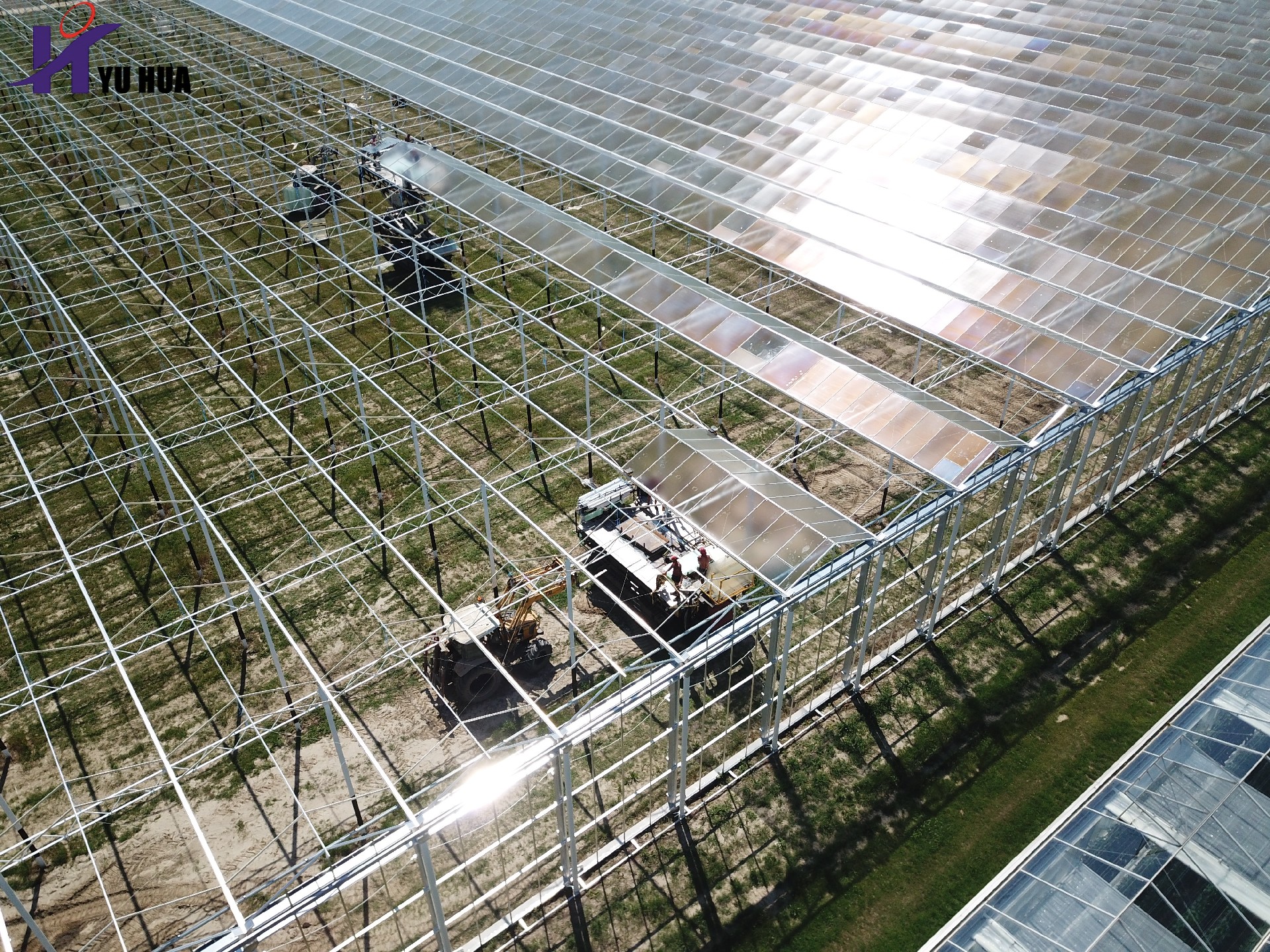
3-What is the Location for Your Greenhouse?
Another major factor that will impact the greenhouse you design and build is location. Whether you are building in the tropics, the Arctic, or somewhere in between, there are vital elements associated with the location that will need to be considered in the early stages of your project.
Weather. Understanding typical temperatures, humidity, solar gain, cloud cover, and inclement weather patterns (hurricanes, earthquakes, tornadoes, flooding, blizzards, etc.) for the location of your greenhouse is key as these factors can impact the health of your crops. For example, if you are growing a crop that likes a lot of sunlight (like corn) but your greenhouse is located in a largely overcast environment like Seattle, artificial lighting will be much more important than if you were building in sunny Florida. However, in Florida, means to regulate temperature and humidity will be critical, as well as structural design to withstand high winds. Furthermore, in a dry location like Arizona, you could use passive (evaporative) cooling to control the temperature of the greenhouse and save energy.
Local building codes. This one is self-explanatory and goes for all facilities (not just greenhouses), however, it is often ignored by inexperienced greenhouse designers. For example, if your greenhouse is attached to a lab or office building in an urban area, it may require emergency lighting. Consider how this “always on” light may impact your crop photoperiod and the strategies you could use to meet your horticultural needs and building code simultaneously.
Structural orientation. Without falling into controversial arguments, the greenhouse orientation should be carefully evaluated and decided. This should be done to maximize or minimize the glass area exposure to manage heat and/or light, depending on where you are located on the globe and to take advantage of predominant winds if you are planning to use vents.

Additional Greenhouse Design Considerations
Skins or glazing. The covering of your greenhouse plays a major role in a variety of factors that can impact crops. The most common types of skins are standard single-pane glass, low-iron single-pane glass, low-iron double-pane glass, polycarbonate, acrylic, and ETFE film. Your budget as well as the intended use of your greenhouse will help you decide which is the best fit for your project. In our previous article on the pros and cons of common greenhouse covering materials, we take a detailed look at the pros and cons of each greenhouse covering material.
Fertigation. Likewise, the ways you plan to feed and water your crops matter when it comes to greenhouse design. Irrigation systems can be complex, especially for plants that have extensive watering requirements. So, it is important to factor these elements into your greenhouse design from the beginning.
Budget and timeline. Once you have determined how the facility will be used, you must develop an accurate budget and timeline. Because of the more extensive design requirements of research greenhouses, they typically come with a heftier price tag and longer duration, as well. Do you have confidence in your budget at the conceptual stage and everything you need for funding justification and planning?

The diffuse glass and AR-coated diffuse glass produced by Yuhua have cooperated with many large commercial greenhouses in agriculture, horticulture, nurseries and experiments. We have cooperated with large greenhouse project companies such as Havecon, Van Der Hoeven, Kubo, etc. for many years. Yuhua greenhouse glass has a light transmittance of up to 99%, and haze 5/10/20/30/50/70/75 greenhouse diffuse glass is available!
Need more detailed information or a solution of greenhouse glass? Need guidance on how to choose the right glass for your greenhouse?
Consult online customer service, leave us a message or send us an email!
Tags:anti-reflective glass diffuse glass agricultural greenhouses glass greenhouse venlo greenhouse AR glass greenhouses glass agricultural glass horticultural glass #greenhouseglass #Antireflectiveglass #Diffusetemperedglass #Ultrawhitefloatglass #agriculturalgreenhouseglass #diffuseglass #horticulturalglass #Tomatogreenhouse #Coloredpeppergreenhouse #Lettucegreenhouse #Agriculturalgreenhouse #ARglass #venlogreenhouse #greenhouseglass #Antireflectiveglass #Diffusetemperedglass #Ultrawhitefloatglass #agriculturalgreenhouseglass #diffuseglass #horticulturalglass #Tomatogreenhouse #Coloredpeppergreenhouse #Lettucegreenhouse #Agriculturalgreenhouse #ARglass #venlogreenhouse #GlassManufacturer #invernadero #ArchitecturalGlass #ClearFloatGlass #FloatGlass



















